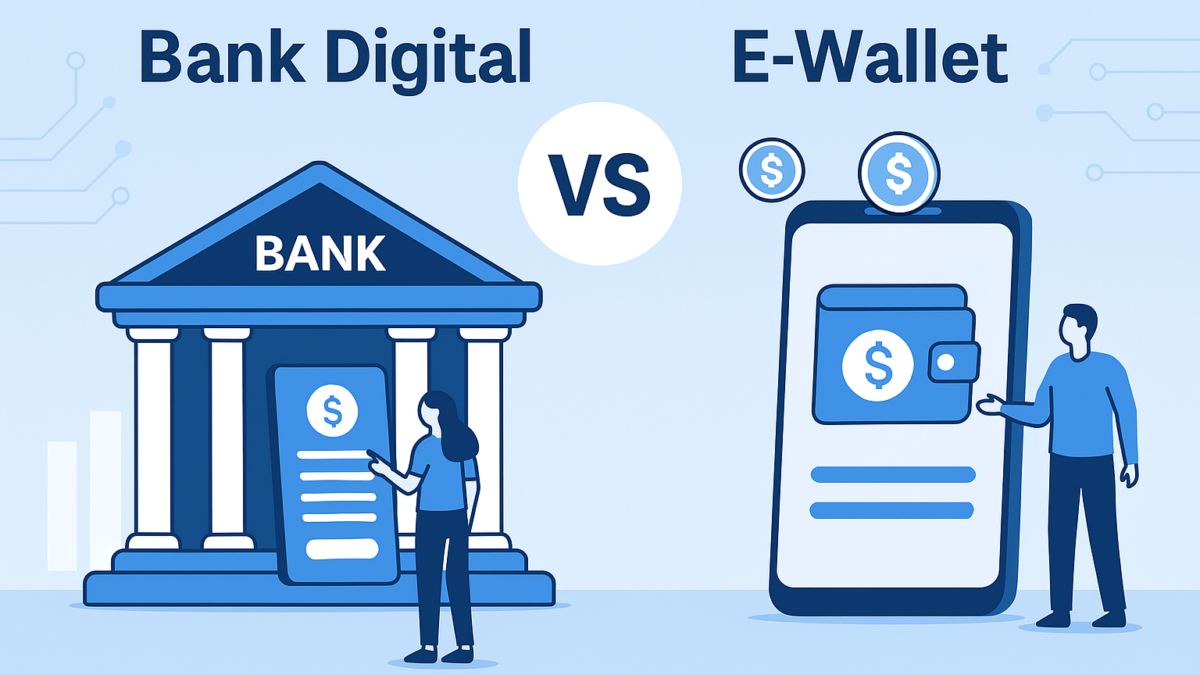
Dividends are a powerful yet often overlooked aspect of investing. For both beginner and experienced investors, understanding how dividends work and their potential impact on your portfolio can unlock steady income and long-term growth opportunities.
Let’s dive into what dividends are, how they function, and how you can leverage them to enhance your investment strategy.
What Are Dividends?
Dividends are payments made by a company to its shareholders, typically derived from the company’s profits. These payments are often distributed quarterly but can also be paid annually, semi-annually, or even as one-time special dividends.
- Cash Dividends: Paid in cash directly to shareholders.
- Stock Dividends: Paid in additional shares of the company, increasing the shareholder’s equity.
Not all companies pay dividends. Generally, mature and established firms, such as those in utilities, healthcare, or consumer staples, are more likely to distribute dividends than high-growth companies, which often reinvest profits back into the business.
How Dividends Work
When a company declares dividends, it announces a payment amount per share. For example, if a company declares a $1 annual dividend and you own 100 shares, you’ll receive $100 in dividends for the year.
Key Dividend Dates to Know
- Declaration Date: The date the company announces its intention to pay a dividend.
- Ex-Dividend Date: The date by which you must own the stock to be eligible for the dividend. If you purchase the stock after this date, you won’t receive the dividend.
- Record Date: The date when the company reviews its shareholder list to determine who will receive the dividend.
- Payment Date: The date the dividend is paid to shareholders.
The Benefits of Dividends
1. Passive Income
Dividends provide a steady income stream, which can be particularly valuable for retirees or those seeking financial independence. For example, dividend-paying stocks in industries like utilities or consumer staples often provide reliable income even during economic downturns.
2. Compounding Growth
Reinvesting dividends can significantly enhance your portfolio’s growth over time. By using dividends to purchase more shares, you benefit from compounding—earning returns on both your initial investment and the reinvested dividends.
3. Portfolio Stability
Dividend-paying stocks are often less volatile than non-dividend-paying stocks, offering a measure of stability during market fluctuations. Companies that pay dividends are typically well-established with consistent cash flows.
4. Inflation Hedge
Companies that consistently increase their dividend payouts can help offset the effects of inflation, maintaining or even growing your purchasing power over time.
5. Tax Advantages (Varies by Region)
In many countries, qualified dividends are taxed at a lower rate than regular income, making them a tax-efficient way to generate wealth.
How to Build a Dividend Portfolio
1. Focus on Dividend Aristocrats
Dividend Aristocrats are companies in the S&P 500 that have increased their dividend payouts annually for at least 25 consecutive years. These firms are considered reliable and financially stable.
Examples:
- Procter & Gamble (PG)
- Johnson & Johnson (JNJ)
- Coca-Cola (KO)
2. Look for High Dividend Yields
The dividend yield is calculated as:
Dividend Yield = (Annual Dividend per Share / Stock Price) x 100
High yields can indicate strong income potential, but be cautious—an unusually high yield may signal financial distress.
3. Diversify Across Sectors
Avoid concentrating on a single industry. A well-diversified dividend portfolio includes companies from various sectors like healthcare, technology, utilities, and finance.
4. Consider Dividend ETFs
Dividend-focused Exchange-Traded Funds (ETFs) pool dividend-paying stocks into one fund, offering diversification and simplicity. Popular options include:
- Vanguard Dividend Appreciation ETF (VIG)
- iShares Select Dividend ETF (DVY)
- Schwab U.S. Dividend Equity ETF (SCHD)
5. Reinvest Dividends
Many brokerage accounts offer a Dividend Reinvestment Plan (DRIP), which automatically uses your dividends to buy additional shares of the stock, boosting your portfolio’s growth.
Potential Risks of Dividend Investing
- Dividend Cuts: Companies can reduce or eliminate dividends during financial difficulties, affecting your income stream.
- Overconcentration: Relying heavily on dividend stocks may limit exposure to high-growth sectors like technology.
- Interest Rate Risk: Rising interest rates can make dividend stocks less attractive compared to fixed-income investments like bonds.
- Tax Implications: Dividends may be taxed differently depending on your country and account type, potentially reducing returns.
Real-Life Example: The Power of Dividends
Let’s say you invest $10,000 in a stock with a 4% annual dividend yield. Over 10 years, assuming the stock price remains steady and you reinvest dividends, your portfolio grows to $14,802—a 48% increase—just from reinvested dividends. Add in potential stock price appreciation, and the returns could be even greater.
Conclusion
Dividends can play a crucial role in building wealth and achieving financial goals. Whether you’re seeking passive income, portfolio stability, or long-term growth, dividend investing offers a versatile strategy suitable for investors of all levels.
By understanding how dividends work and leveraging tools like DRIPs and dividend-focused ETFs, you can create a portfolio that generates consistent income while compounding your returns over time. Start small, stay diversified, and let the power of dividends work for you.















